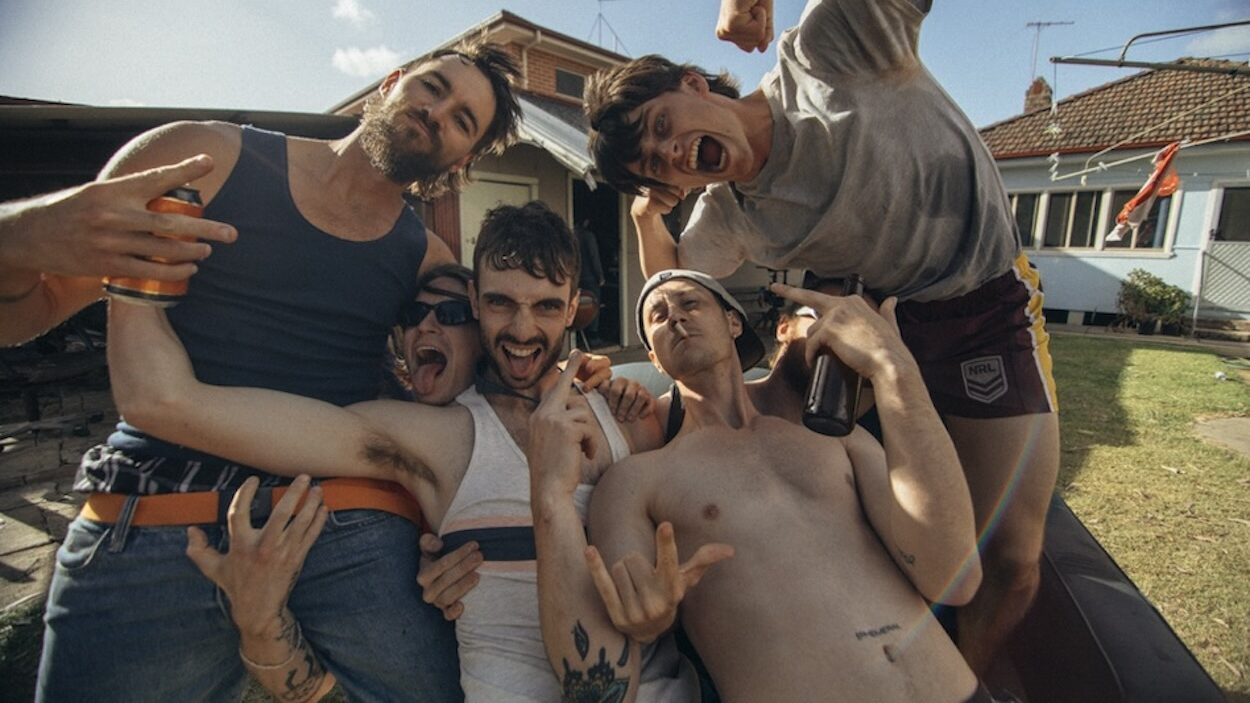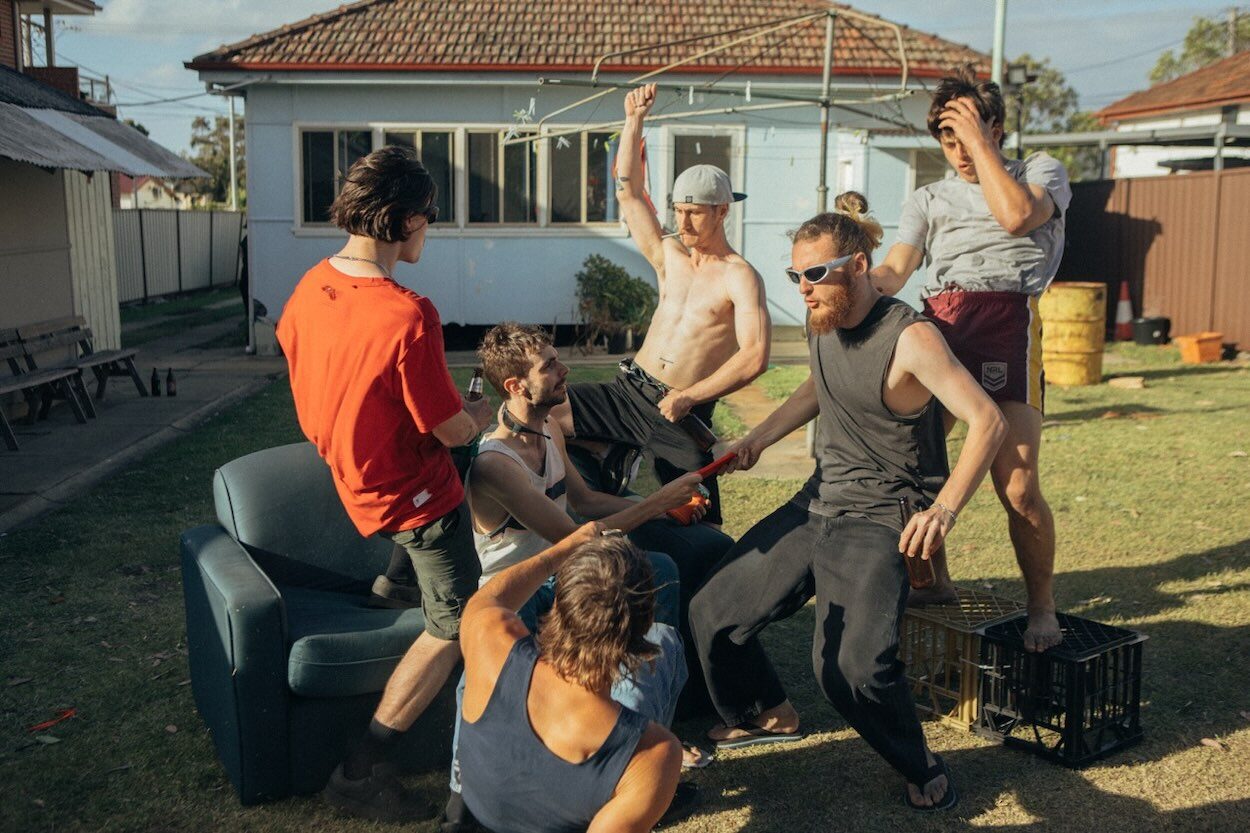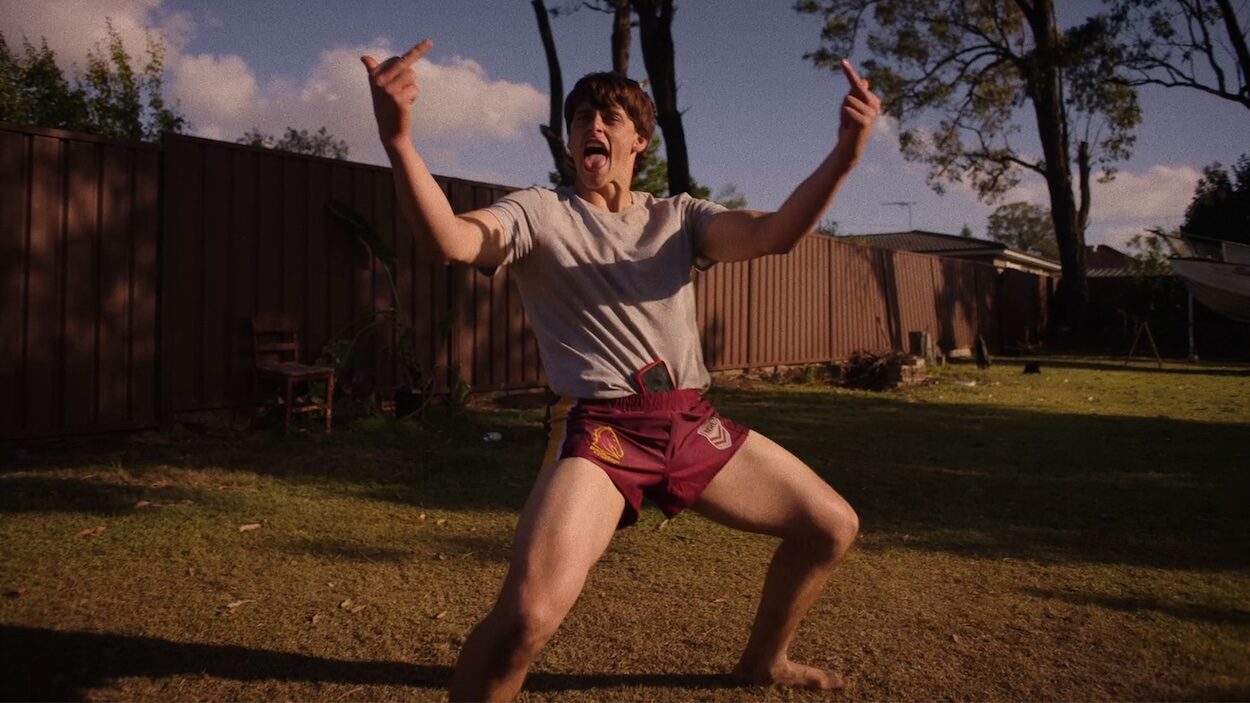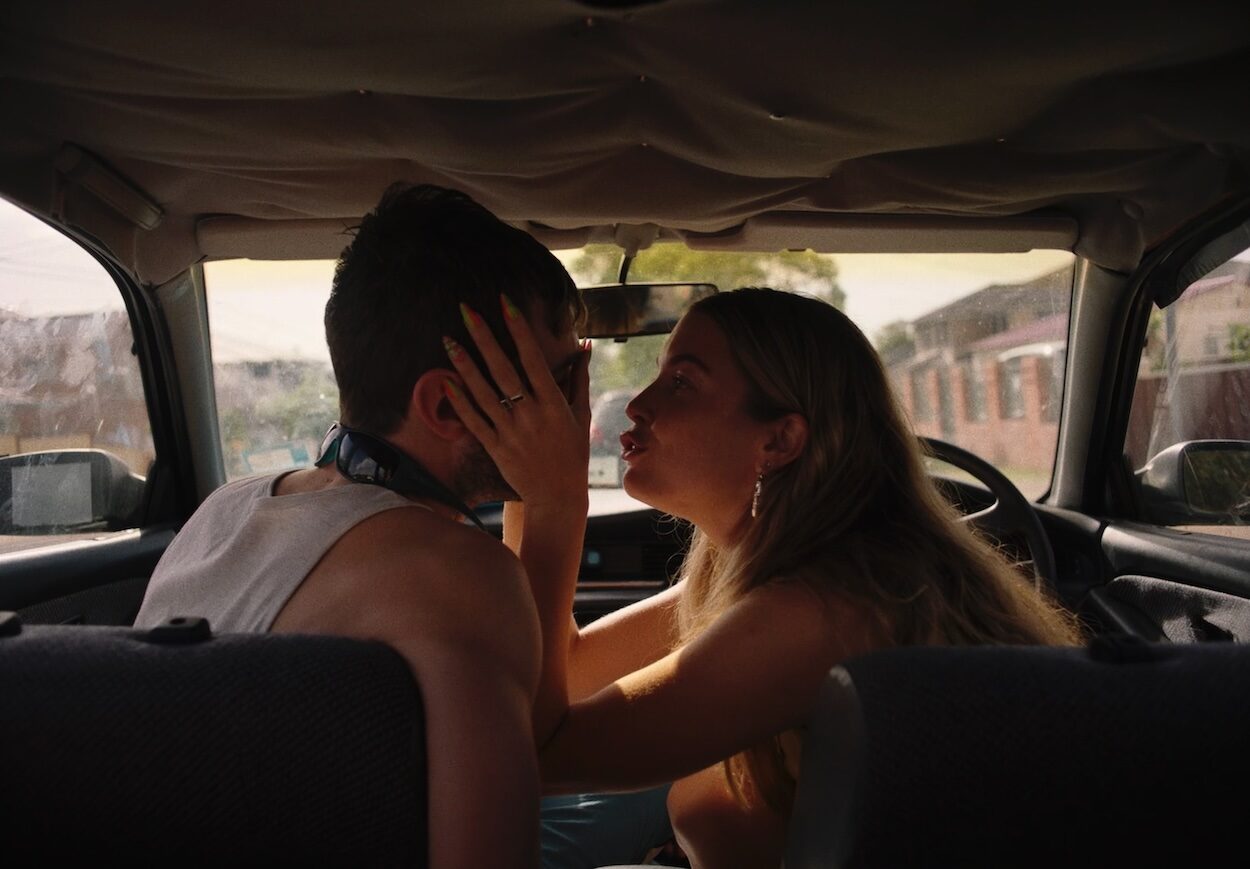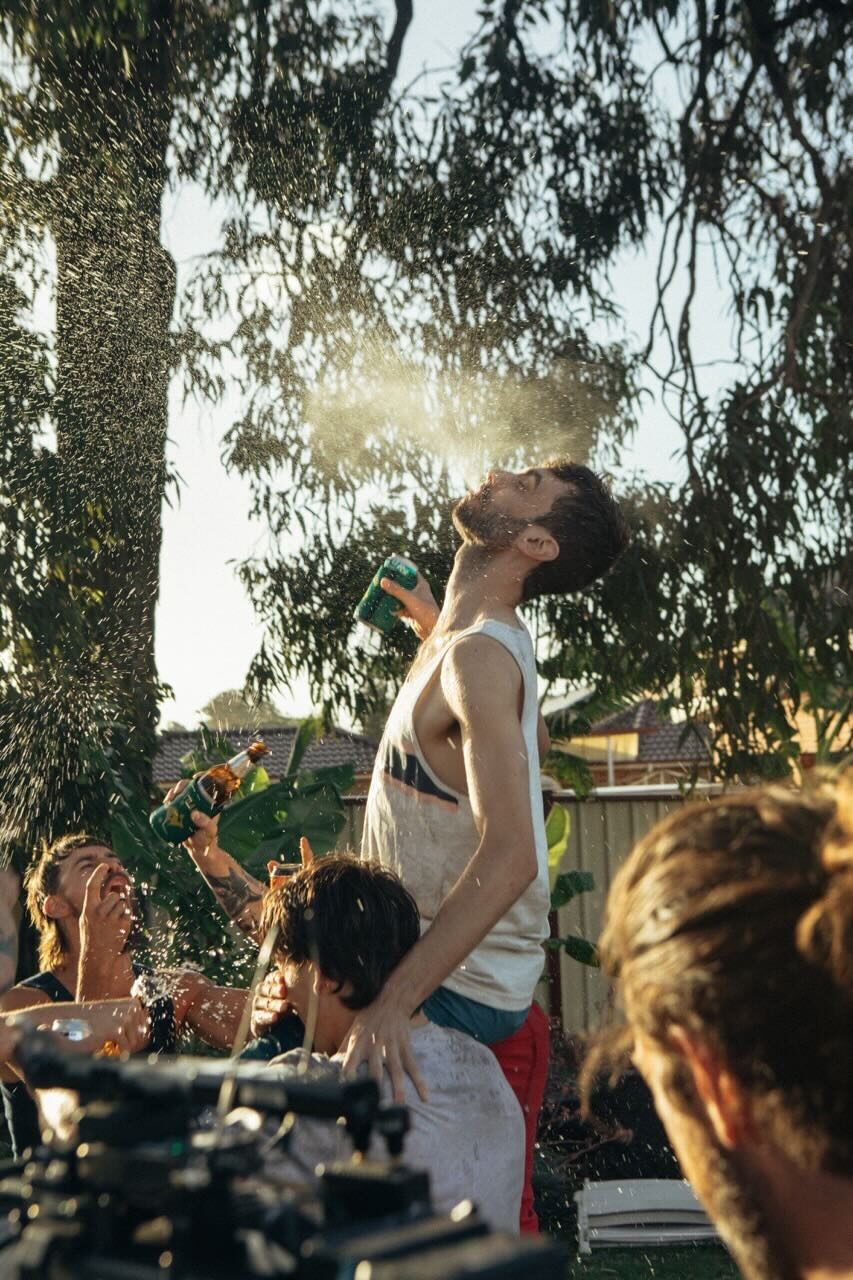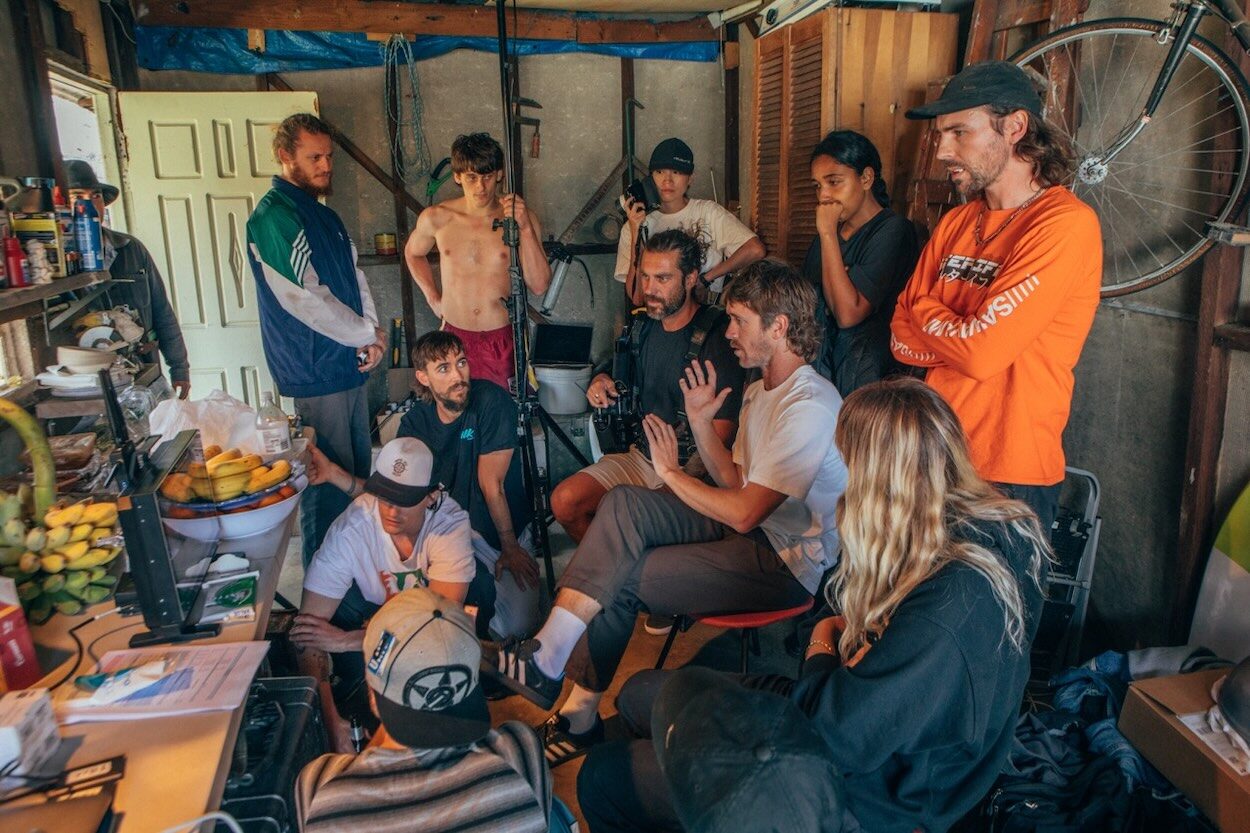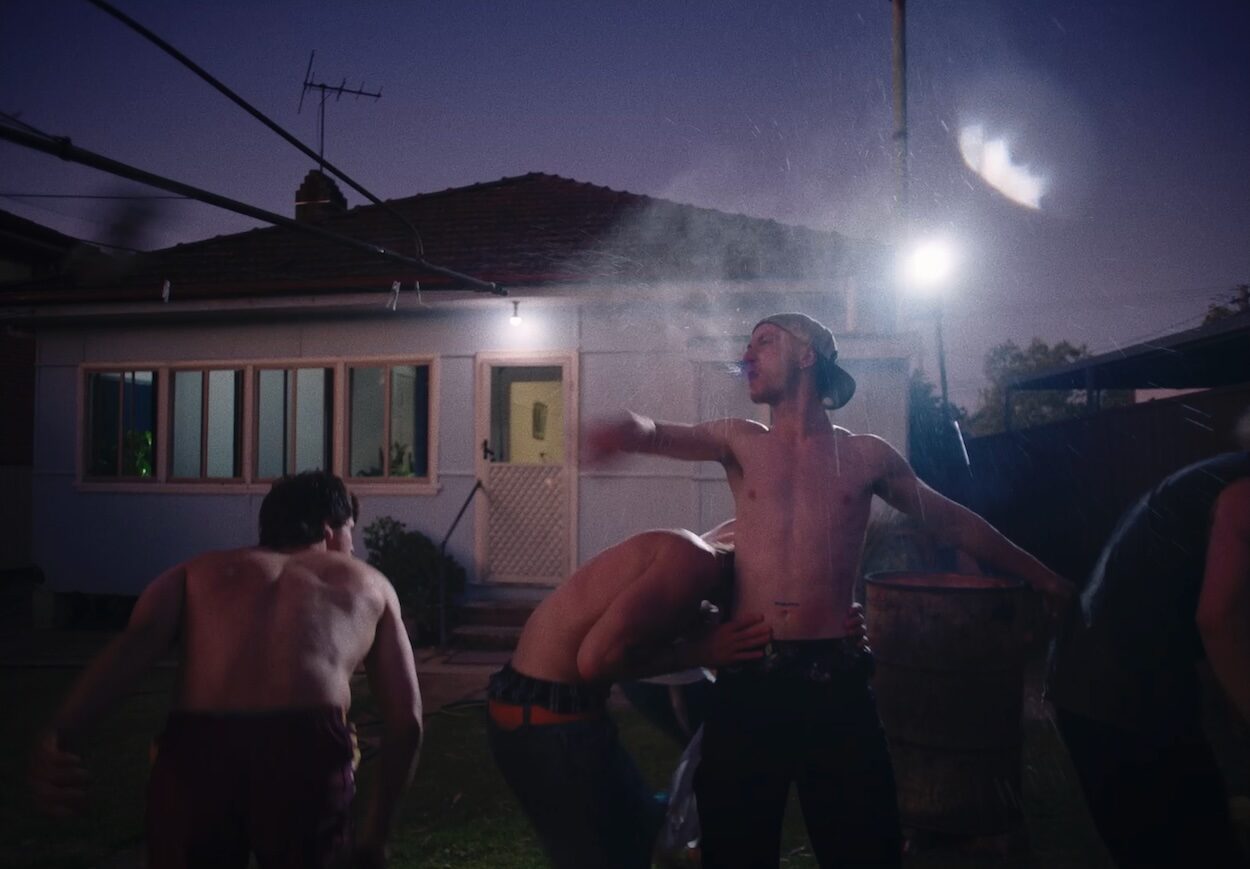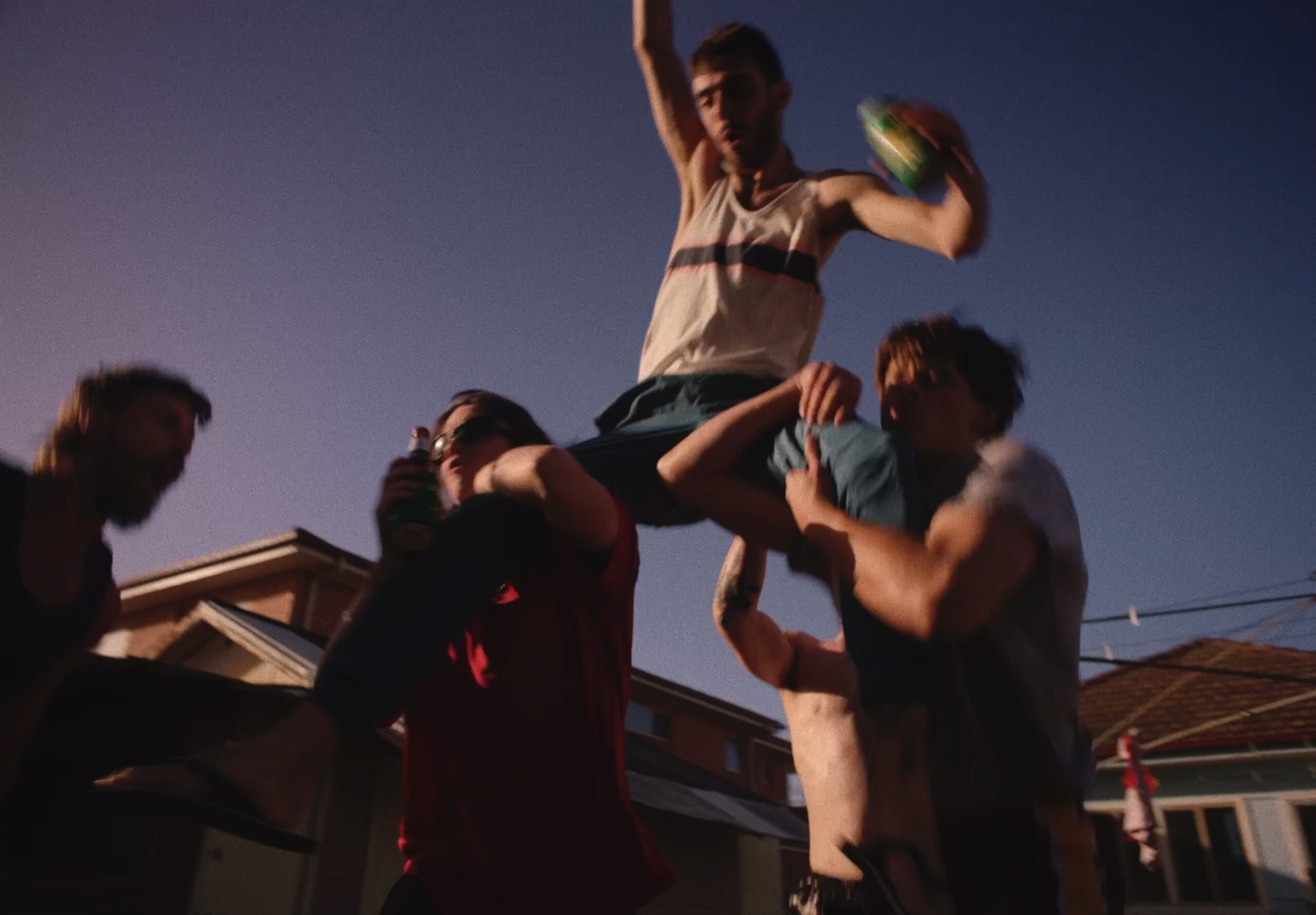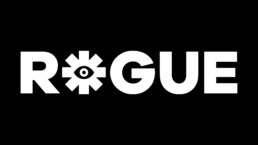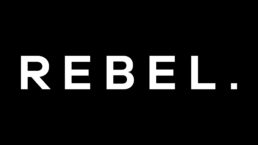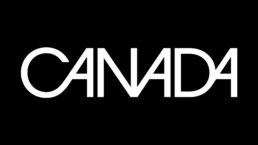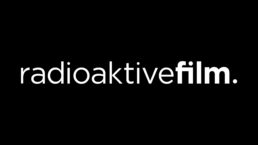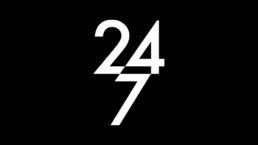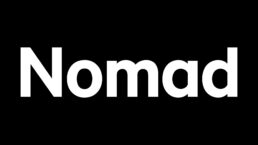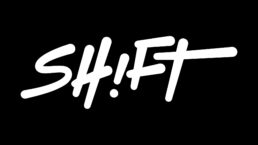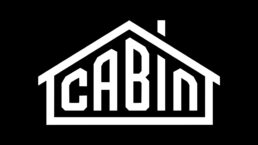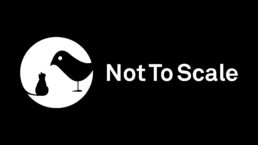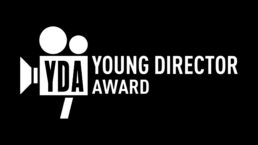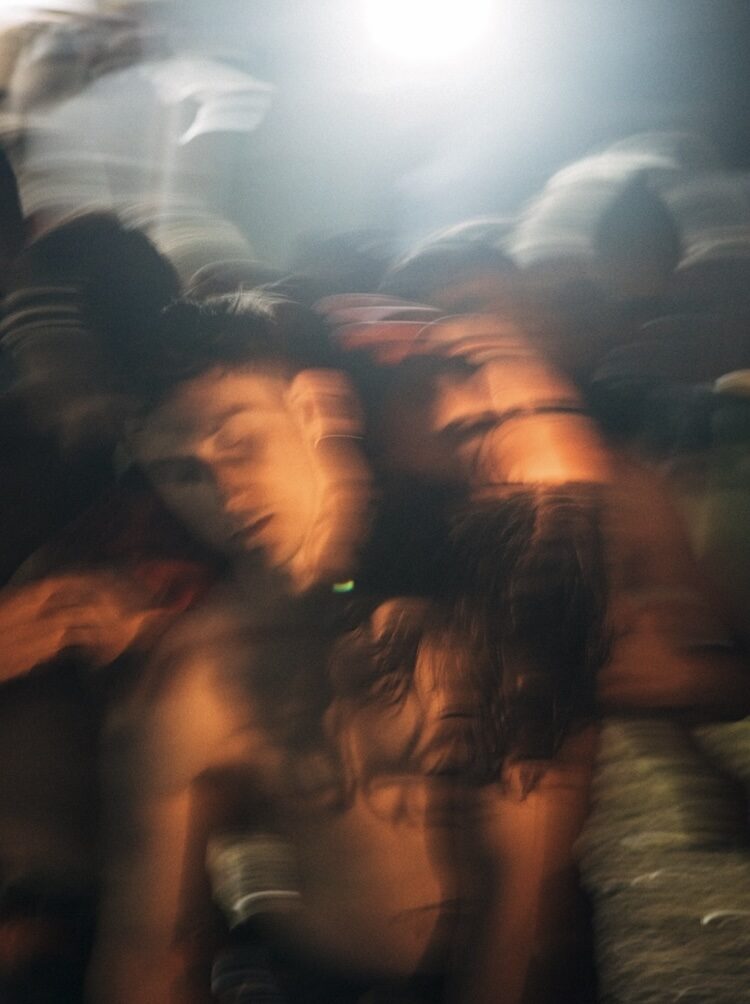
Your work reflects a deep sensitivity and awareness of social-impact issues, all woven together with a strong thread of humor. Do you think this sensibility is rooted in your upbringing? Please describe your childhood—was it especially creative?
My upbringing definitely shaped how I see the world and make art. My parents had humble beginnings, but they had an incredible knack for finding creative ways to explore. Whether it was hitchhiking, taking odd jobs, or joining a friend on a spontaneous road trip, they never let circumstances stop them from seeking adventure. That sense of possibility really filtered down to my sisters and me. We grew up on those stories, and they instilled in us a belief that experiences and people are more valuable than things.
I come from a small country town, where my grandparents were deeply involved in their local community. They were always volunteering and inviting people over, even when money was tight. That generosity left a mark on me—the idea that connection and giving back to others matters, no matter your situation.
Creatively, my dad played a big role in fostering that spirit in me. Whenever I’d dream up an idea, instead of asking “Why?”, he’d enthusiastically say, “How are you going to make it happen?” It was a small shift, but it made a world of difference. It gave me the confidence to follow through, knowing he had my back. He’s always led by example. He quit his corporate job to become a landscaper, following his love for nature. I remember him tearing up over a beautiful tree; his connection to the natural world was, and still is, something special.
Even now, in his 70s, my dad is one of the busiest people I know. He’s spent years restoring dead land through permaculture, even inventing a water-saving system that’s used internationally. Watching him dive into these projects with passion and purpose, despite his humble beginnings, has shaped how I approach my own work. That spirit of making things happen, no matter the odds, is something I carry with me every day.
Credit: @leorazakharunah
Your route into filmmaking was quite unconventional, starting with a road trip across every American state in an ice-cream van with a friend when you were 18. Do tell us more about this experience and was the desire to make a documentary the initial trigger for the adventure? Did you know anything about filmmaking before you set out? Amazing that you actually both shot and edited the film and it was distributed – what a learning curve! See more Surfing 50 States
In 2006, at 18 years old, I was itching for an adventure that would push me out into the world. My mate Jonno, inspired by reading Jack Kerouac, asked if I wanted to travel to all 50 states in the USA. I was in immediately, but as we talked more, we realized we needed a reason behind it. Naturally, we landed on surfing—because, why not? We loved the idea of being the first to do something, and we were pretty confident no one had ever been crazy enough to try surfing in all 50 states. So, despite 27 of them being landlocked, we set off with the mindset, “As long as there’s momentum on a board, we’re surfing.”
At first, making a documentary wasn’t the primary focus. We just wanted to capture the adventure and share it with friends and family. We bought a camera, completely clueless about filmmaking, and got inspired by films like Bruce Brown’s Endless Summer II. Our production quality was pretty low, but the authenticity of the experience really resonated with people.
Traveling across the U.S. in an old ice-cream truck with no plan for accommodation was as chaotic as it sounds. We crashed with strangers, broke down more times than I can count, and found creative ways to surf in unlikely places – like 15ft beet piles in Idaho and oil tanker waves in Texas. We ended up turning the footage into Surfing 50 States, and though the film is lighthearted and goofy, it captures the heart of the journey: connecting with people, overcoming challenges, and finding joy in the unexpected. It was a steep learning curve, but it ignited my passion for filmmaking in a way I couldn’t have imagined at the start.
Over the following years you seem to have balanced your filmmaking with socially-conscious storytelling around the globe – crafting beautiful uplifting tales that would inspire rather than guilt trip people into supporting a cause. Would you say these were some of the most formative years in your career and how did they shape your way of life?
In 2009, I directed Somewhere Near Tapachula, a documentary about an Australian couple who cared for 54 children in an orphanage in southern Mexico. That experience opened my eyes to so much—the pain and injustice in the world, the power of family, and the feeling of being loved. More than anything, it showed me that most people are compassionate and want to be part of the solution; they just aren’t always willing to take the first step. If you provide the platform, people will act. That documentary ended up raising over $100,000 for the kids to attend university, and many have since graduated and are now raising families of their own.
That project led to my work with charities and nonprofits around the world over the last fifteen years. Most recently, I directed a short film called Greater Things for The Gates Foundation. It was a year-long project filmed across six countries, focusing on stories of human resilience and innovation in tackling global crises. Working on something so globally impactful taught me how much can be achieved through positive, authentic storytelling—centering on real people and their solutions rather than just dwelling on the problems.
That ethos also carried into personal creative projects like We’re All Going to Die, which aimed to shift how we talk about life’s challenges—especially death—through humor and creativity. Creating work that empowers people to live more fearlessly and embrace the unknown has been an ongoing theme for me. I think those experiences not only shaped my career but also the way I live day to day—constantly seeking to uplift others through my art while staying grounded in real, human stories.
Your talent for Interviewing people and tapping into their quirks and wisdoms led to your Bafta winning short film They Saw The Sun First where younger dancers performed to the voices of the elderly. Was this the first time you used choreographed movement as a visual narrative? And how did that come about?
They Saw The Sun First was indeed the first time I used choreographed movement as a core visual narrative, and it came about quite naturally. My wife, Vanessa Marian, is a brilliant choreographer and movement director, so dance is a constant presence in our home. Her influence opened my eyes to how movement can express emotions and ideas that words alone can’t capture. When I started interviewing elderly New Yorkers about life, fear, regret, and ageing, I realized their wisdom was incredibly powerful, but I wanted to find a way to make these voices resonate with a younger audience. That’s when the idea struck – what if we embodied their words through dance?
We worked with young performers whose movements mirrored the thoughts of the elderly, creating this beautiful interplay between youthful bodies and the wisdom of age. The whole process was collaborative; Vanessa and I would give the dancers room to move instinctively, and they created moments we couldn’t have choreographed in advance. The simplicity and honesty of the movement were crucial to immersing the audience in the experience, rather than overwhelming them with grand gestures or a loud soundtrack. The goal was always to make the audience feel connected-to slow down and really listen to what these elders had to share, and I think the choreography helped achieve that.
Credit: @leorazakharunah
You’ve been collaborating more frequently with choreographer Vanessa Marian, whom we’ve now discovered is your wife, and the ‘movement’ element has become a distinctive feature in some of your commercial projects. For example, what was the brief for Virgin Australia’s The Grump, and how did you evolve that concept?
The story for The Grump was quite simple. It revolves around a grumpy teenager heading off on a family holiday, and from her perspective, it’s the last thing she wants to do. The Virgin baggage crew notice her attitude and decide to take it upon themselves to cheer her up. Now, on paper, that could have been executed super cheesy, with big smiles and broadway-style dancing. But Vanessa and I asked ourselves: What would actually make a teenager smile? The answer was to meet her at her level—no big smiles. So the entire choreography and performance became focused on deadpan expressions paired with ridiculous, playful movement.
Credit: @leorazakharunah
Your short film Yeah The Boys brilliantly brings together all the key hallmarks of your work: a multi-layered choreographed, humorous, non-judgemental observation of the Aussie masculine identity and the nation’s relationship with drinking culture. You co-wrote and co-directed the film with Vanessa. Please talk us through the collaborative creative process – how the idea evolved, and how did the two of you approach writing the narrative together?
Yeah The Boys really began with Vanessa’s vision. She had the idea to explore Australian masculinity entirely through movement, reflecting on how Aussie men often communicate so much through gestures rather than words. When she first approached me, I loved how the concept wasn’t about pointing fingers or being moralistic – it was about creating an authentic observation.
The collaboration was a true blending of our creative worlds. I worked on shaping the narrative into a three-act structure, but it was Vanessa’s choreography that really unlocked the heart of the film. At first, we experimented with dialogue, but it quickly became clear that the story felt much more powerful without words. That led us to focus entirely on the physicality of the characters-their gestures, chokeholds, crowd surfs-turning the whole backyard drinking session into a dance.
Working with professional dancers was key, and I think it helped us explore the different layers of masculinity: the fun and silliness, the brutal aspects of the culture, but also the tenderness that emerges in unexpected moments, like helping a mate at the end of the night. The blend of those elements created something really dynamic, allowing viewers to project their own experiences onto the film, which has sparked such a wide range of interpretations.
Ultimately, I think what made this collaboration so unique was how naturally it came together. Vanessa’s background in dance and my storytelling approach found this perfect balance, and the fact that it doesn’t follow a conventional narrative really allowed us to push boundaries creatively.
Credit: @leorazakharunah
The film is so meticulously crafted—from the creative cinematography and lighting that marks different chapters of the night, to the performers hitting their marks perfectly, and the score by The Avalanches…. we could go on. Was everything planned down to the finest detail? Did you work with a storyboard, or was it more of a shot list approach?
Thank you! It’s great to hear that the details resonated with you. Honestly, a lot of work went into creating that seamless flow you see on screen. While we didn’t use a traditional storyboard, we relied heavily on a detailed shot list. The film was broken into four long takes, and we knew each had to have its own rhythm to capture the shifting energy of the night. Every move of the camera was choreographed as meticulously as the performers, so our Steadicam operator was essentially the seventh dancer on set.
The lighting also played a big role in marking those different chapters of the night, helping to communicate the emotional shifts as things got rowdier and more chaotic. We wanted the transitions to feel natural but also heightened-almost like you’re being pulled deeper into this drinking session with the characters.
One of the biggest challenges was syncing the performers’ choreography with the movements of the camera, especially since we were aiming for such dynamic, immersive shots. There were moments where the action felt unpredictable, but that was the point-we wanted to capture the raw, chaotic energy of a typical Aussie backyard piss-up while ensuring the camera was right in the middle of it. So, while a lot of it was planned down to the finest detail, there was also room for spontaneity in how the performers reacted to each other in the moment.
As for the music by The Avalanches, it really tied everything together. It set the tone perfectly and gave us that immersive, pulsing energy that drove the film. The other major challenge was maintaining that balance between humor and raw emotion, especially as we showed both the larrikinism and the more tender, vulnerable moments that emerge when the night stops being fun.
Credit: @leorazakharunah
Are Vanessa and you both working on another project together?
Yes, we are! We’re currently developing two projects together. The first is a TV series called Back Up, which explores the lives, dramas, and crumbling friendships of aspiring backup dancers. It’s a dry satire that draws from Vanessa’s real-life experiences in the professional dance industry. The series shines a humorous yet sharp light on the competitiveness and fragility of the dance world, all while tackling the complexity of friendships under pressure. We’re having a lot of fun with it, especially with how it balances the absurdity and realism of the industry.
We’re also working on a film called Baggy Undies, which is set in a dystopian coastal town and delves into themes of courage, self-acceptance, and standing up for what’s right. The film taps into a surf-punk scene while tackling issues like prejudice and climate activism. It’s a bit more experimental, and we’re excited to bring together music, humor, and social commentary in a way that feels fresh and bold.
INFO:
Buy tickets for UKMVA here
Stefan Hunt website
@stefan_hunt
@wereallgoingto (die)
@vanessamarian_
@exitfilms
Exit Films website
